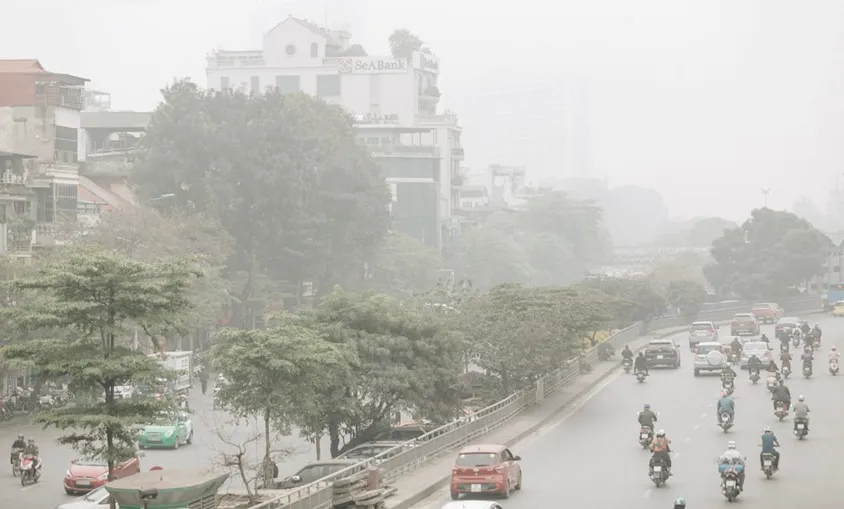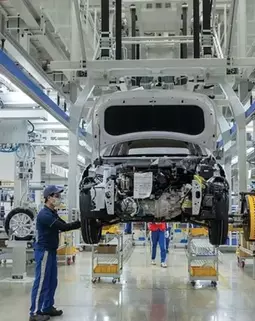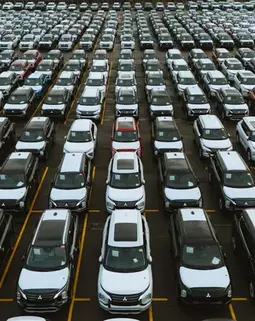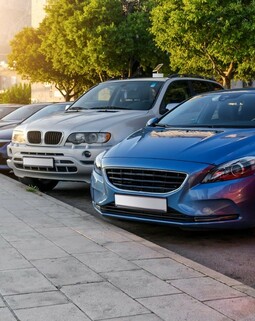This guest article is brought to you by VietWheels and discusses the current situation Vietnam’s worsening air pollution and ways to solve this crisis.
When we think Vietnam, we imagine some of the most beautiful beaches in Asia, and the country’s tropical weather for an ideal holiday getaway. However, more recently given the country’s rapid industrialisation from rapid economic growth, Vietnam is experiencing a serious air pollution crisis.
The concentration of PM2.5 in Ho Chi Minh City increased from 23.6 to 26.9 µg/m³ during 2017 and 2018. According to the 2019 IQ Air study, Hanoi, the capital, had an average AQI of 129, placing it among the top 15 most polluted cities in the area. The average AQI for the country was about 97, but Ho Chi Minh City was relatively cleaner at 79.
Impact of Air Pollution to People’s Health
Because PM2.5 particles can enter the lungs and become lodged in the alveoli, they provide serious health hazards. This can exacerbate asthma and cause long-term conditions like heart disease, lung cancer, and COPD. The WHO’s yearly safe guideline of 10 µg/m³ was significantly exceeded in 2019 by Hanoi’s PM2.5 annual average of 46.9 µg/m³ and Ho Chi Minh City’s 25.3 µg/m³.
Main Causes of Air Pollution in Vietnam
Vietnam’s extensive transportation network, which includes more than 58 million motorcycles and 3.6 million cars, is the primary cause of the country’s air pollution. Many of these cars are old and produce a lot of pollution, especially in cities with heavy traffic. Construction dust and emissions from power plants, cement factories, and other industrial sites are also major sources. Particularly during the dry season, which runs from October to February, burning biomass for cooking and burning agricultural waste in rural regions exacerbate pollution.
Suggestions for Improvement
By enforcing stronger laws and regulations on car emissions and construction dust control, Vietnam is attempting to reduce air pollution. Although public transportation can often be inefficient in frontier markets like Vietnam, the continuing subway project in Ho Chi Minh City promises future reductions in the use of private vehicles. Electric vehicles (EVs) might gradually replace outdated buses and trucks with government incentives. Policies that promote the use of EVs may play a key role in lowering emissions in cities.
Reducing pollution requires changes to urban planning. Moving hospitals, colleges, and other government buildings to the suburbs would increase green space and improve the quality of the air. Furthermore, as promoted by the Vietnam Clean Air Partnership (VCAP), it is imperative that companies that emit large volumes of pollutants be subject to more stringent monitoring. In order to control traffic and pollutants, limits on the number of vehicles during peak hours have also been proposed.
Gaining Knowledge from Global Peers
Vietnam can make great strides by taking inspiration from places like Beijing, which used resolute, multifaceted tactics to improve its infamously bad air quality. Investing in renewable energy, including solar electricity, and switching to driverless, emission-free cars are essential to tackling pollution in its entirety. For example, Vietnam is already becoming a dominant force in the electric vehicles (EV) market, by manufacturing high-quality cars designed by VinFast, which aren’t just good for the environment, they are offer luxury, performance and advanced tech features at a reasonable price.
Conclusion
Although there is still a serious problem with air pollution in Vietnam, especially in Hanoi and Ho Chi Minh City, targeted government intervention, citizen collaboration, and foreign assistance can help address this issue. Vietnam can set the path for cleaner air and improved health for its people by enacting stricter laws, improving public transportation, and encouraging sustainable activities.





